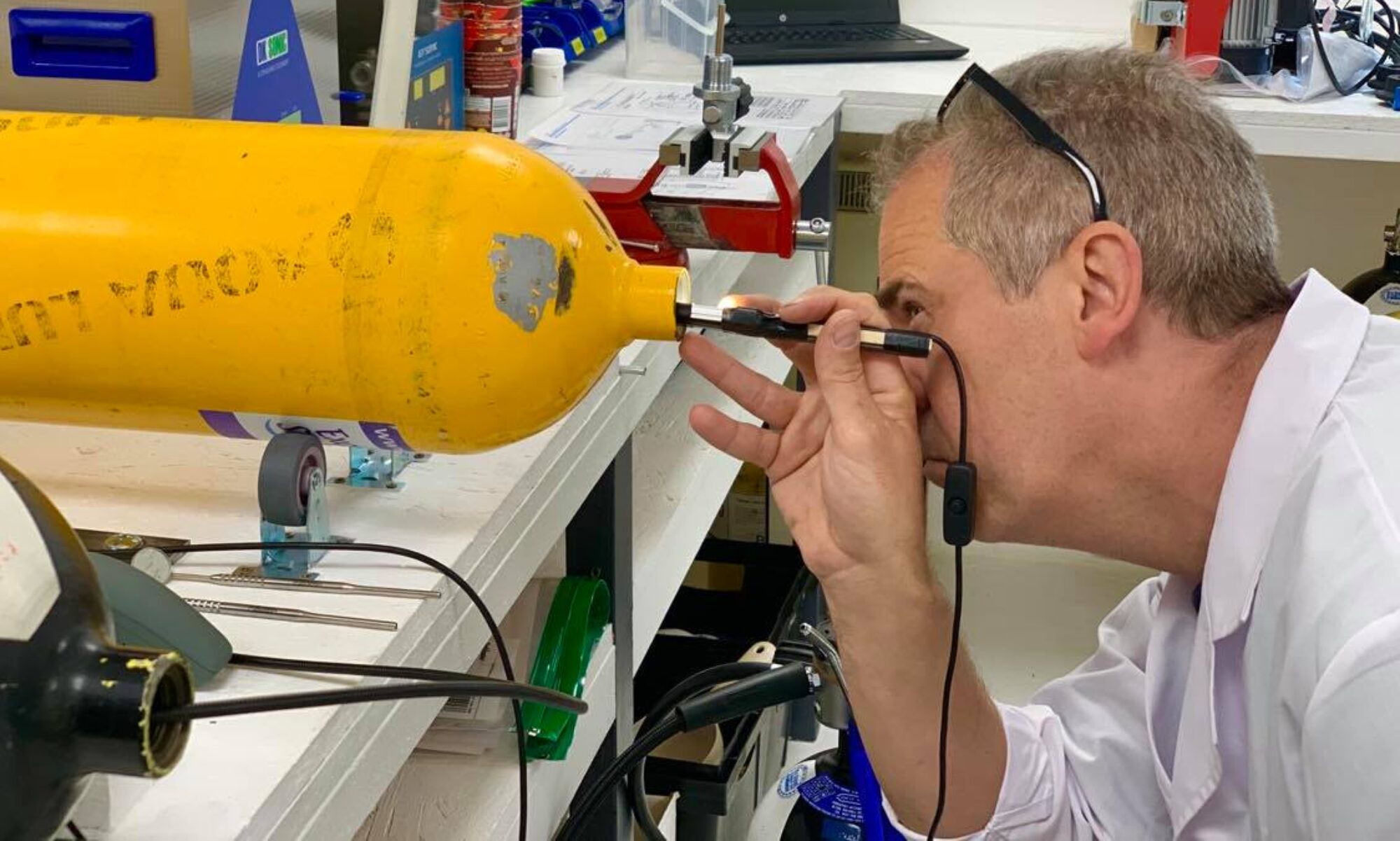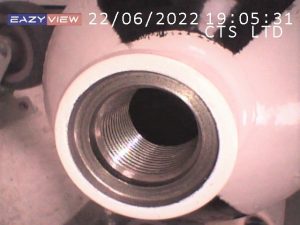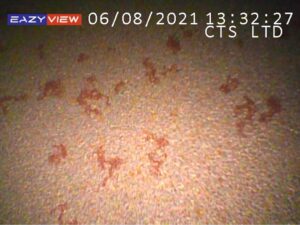It is recommended that you do regular check-ups on your cylinders, regardless for what or how you use it. Any cylinder can start to rust on the inside due to incorrect usage, long-term storage (over 90 days), storage position, and more.
How to store your SCUBA cylinders.
- Leave your dive tank upright – not laying horizontally on its side.
- If the cylinder lays down, the small amounts of water inside the cylinder will cover a larger surface. This will put a bigger portion of the inside at risk of rust than if the cylinder is standing up.
- The aluminium is thicker on the bottom of the cylinder than on the sides. This means that the bottom can withstand more corrosion before it compromises the strength of the container.
- Corrosive damage on the bottom is easier to spot during inspections, when compared to corrosive damage on the sides.
Check out our storage and maintenance page how to look after your cylinder.
Inside a cylinder
Below are some pictures of insides of cylinders. Some of these cylinders were still in-date. Remember, this is mixing with the air you breath in!
Do checks, this is for any cylinder, regardless if you use it for diving or paintballing, shooting etc.
- If your cylinder has been stored for longer than 90 days
- If the air you breath in tastes odd
- If the air that comes out of your cylinder smells odd
- If you have significant rust on the outside
- If your cylinder has been stored empty
- If your cylinder has emptied during storage
- If you bought a 2nd hand cylinder – at minimum check all test dates on the cylinder!
- If your cylinder is leaking
| How it looks when clean inside:
|
|
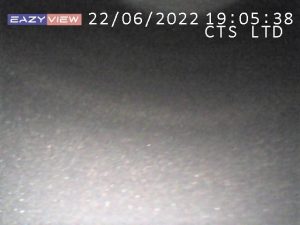 |
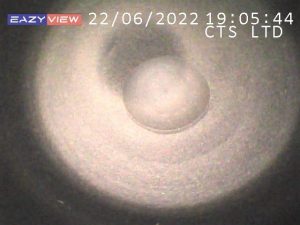 |
|
How it can look if not serviced regularly: |
|
 |
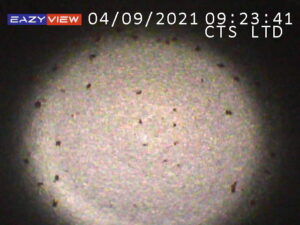 |
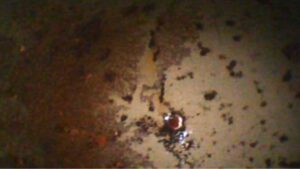 |
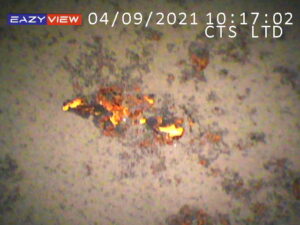 |
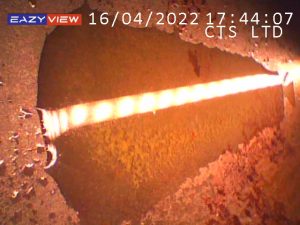 |
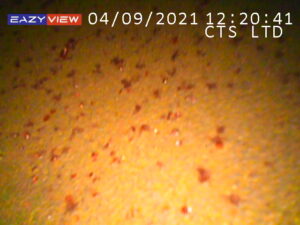 |
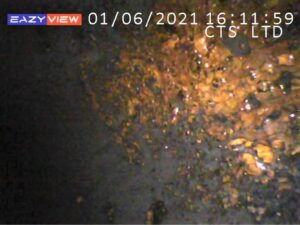 |
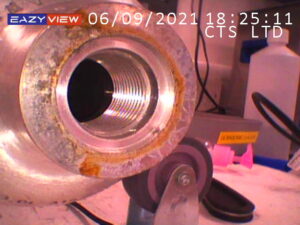 |
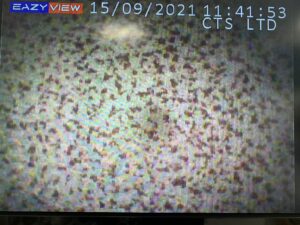 |
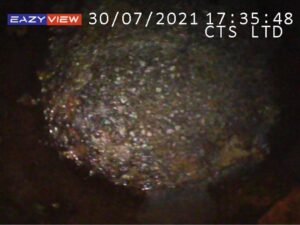 |
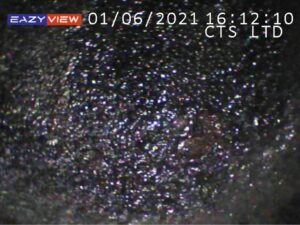 |
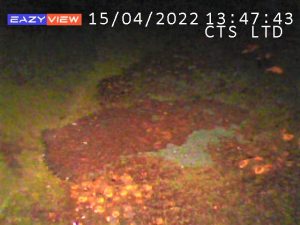 |
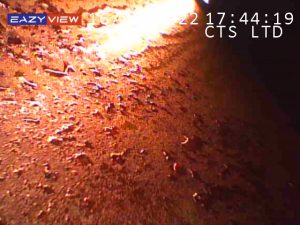 |
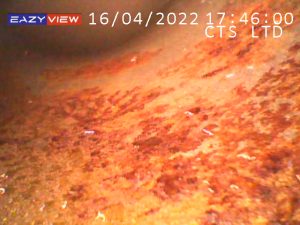 |
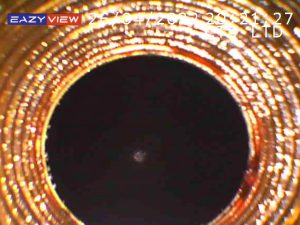 |
 |
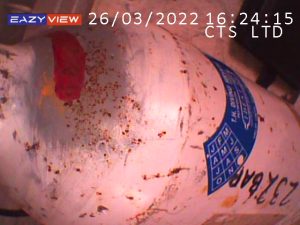 |
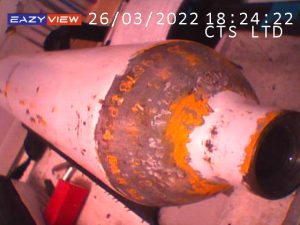 |
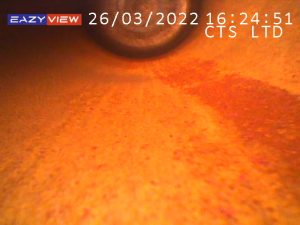 |
 |
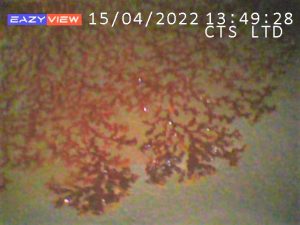 |
 |
Drop off your cylinders at the Scuba School Dive School in Studley.
